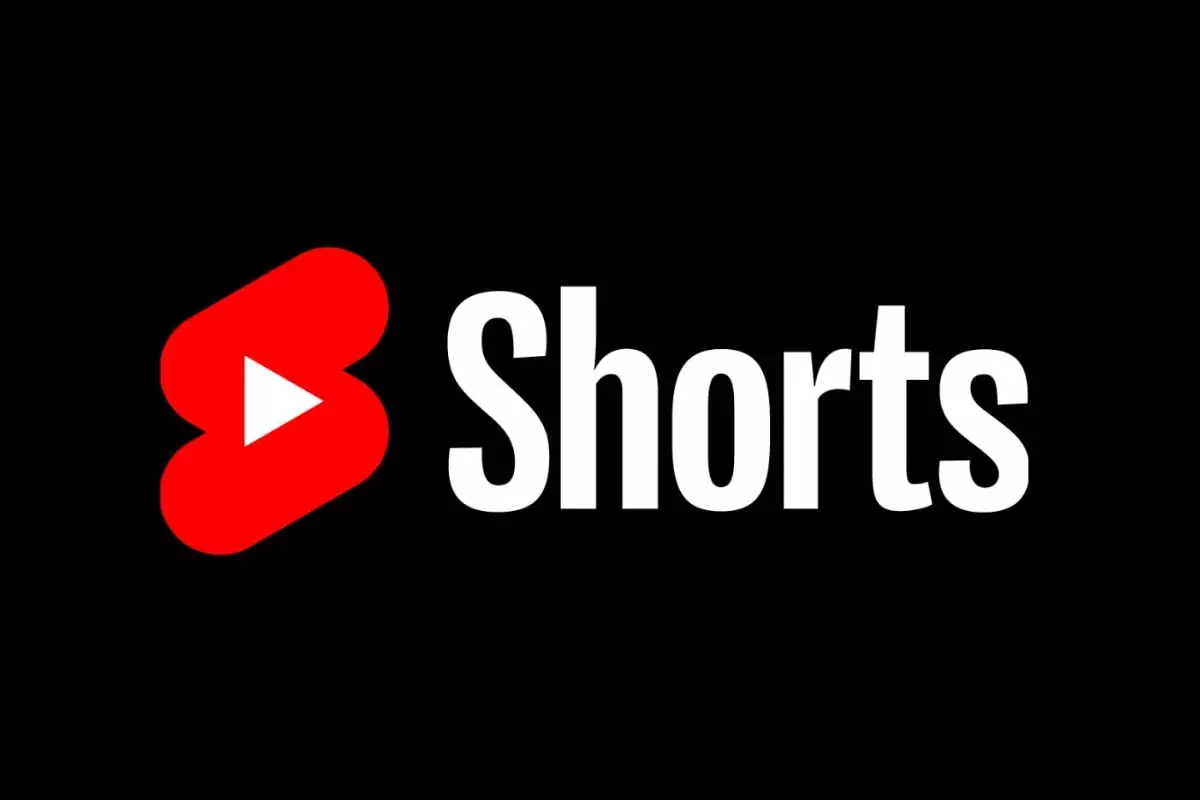In an era where digital content creation continuously evolves, YouTube has taken a bold step forward by introducing an innovative AI feature named Dream Screen for its Shorts platform. Initially tested in June, this tool aims to revolutionize how creators craft their short-form videos by enabling the generation of customized backgrounds through artificial intelligence. The addition of dynamic video backgrounds marks a significant evolution from its initial iteration, which was limited to still images.
The recent announcement from YouTube regarding the functionality of Dream Screen has stirred excitement among a select group of creators. By allowing users to craft both image and video backgrounds through simple text prompts, this feature is designed to enhance the creative process, providing a rich foundation for storytelling in short video formats. As content creators increasingly seek unique visuals to capture audience attention quickly, this innovative tool could become essential in the crowded landscape of online video.
The technology behind Dream Screen is powered by Google’s sophisticated video model, Veo, which has been engineered by DeepMind. This ensures that the tool is backed by cutting-edge AI technology, capable of producing high-quality visuals that streamline the video creation process. However, the excitement is tempered by the current limitations, as this feature is only available to a limited number of creators in Australia, Canada, New Zealand, and the United States.
As Dream Screen is still experimental, several restrictions are in place to maintain a safe and constructive user experience. The AI can currently interpret prompts only in English, which restricts its accessibility to a wider audience. Moreover, to prevent the misuse of technology that could result in harmful content or deepfakes, YouTube has implemented strict guidelines. These safeguards prohibit the generation of identifiable photorealistic images of people, reflecting the platform’s commitment to responsible content creation.
While the feature is in its infancy, YouTube’s ambition for future iterations seems promising. The platform recently highlighted plans to expand Dream Screen’s capabilities to allow users to create six-second video clips optimized for Shorts. Although no specific timeline has been disclosed, this anticipated enhancement is likely to attract even more creators eager to leverage AI-generated visuals in their storytelling.
YouTube’s Dream Screen embodies a forward-thinking approach to content creation, utilizing AI to empower creators while diligently considering ethical ramifications. As this feature evolves, it may well redefine the expectations of short-form video production, offering never-before-seen creative possibilities. However, it’s essential for YouTube to approach these advancements with caution, balancing innovation with responsibility to foster a safe and engaging community for all creators. The future is bright for Dream Screen, but its journey lies ahead— filled with both challenges and exciting opportunities.


Leave a Reply